Are you trying to figure out how to reduce the annoying wind noise coming from your car’s windshield? Do you ever hear the wind whistling through your windshield while you drive? It’s incredibly annoying! Wind noise can be a major distraction while driving and, if left unchecked, can cause permanent hearing damage over time. But that doesn’t mean it’s something you can live with—it’s a sign of a damaged or faulty windshield that needs to be repaired.
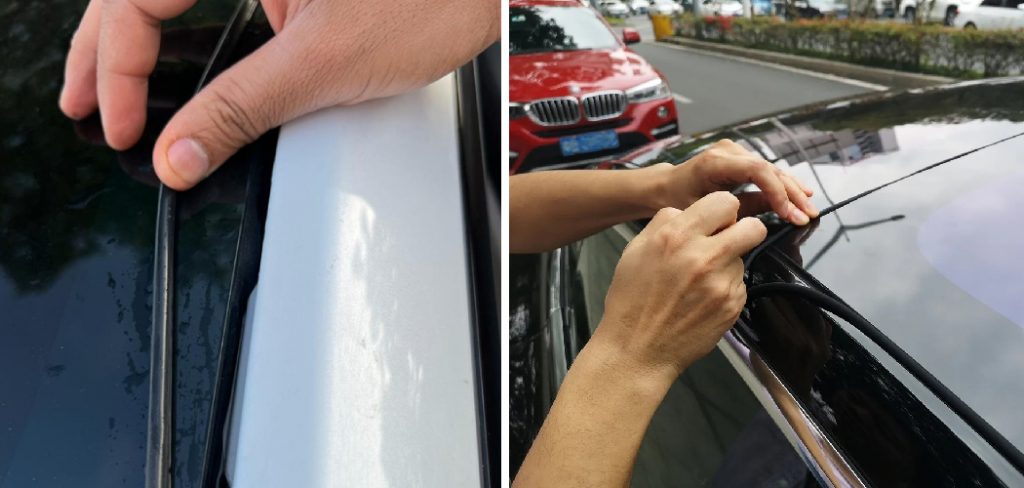
Fortunately, several ways exist to fix this common problem without emptying your wallet. In this blog post, we’ll go over some simple steps to help identify the source of your wind noise and repair any damage, along with tips on how to fix wind noise from windshield. With our help, you won’t have to deal with irritating noise or bothersome drafts caused by wind coming from around your windshield again!
Necessary Items to Fix Wind Noise From Windshield
What You’ll Need:
- Automotive grade rubber strip
- Hairdryer
- Plastic pry bar tools
- Rubber mallet
- Screwdriver set
Whether the wind noise is coming from around your windshield or the actual glass of the windshield itself, these items are essential for fixing the issue. These items can be found at your local auto parts store or online.
10 Steps on How to Fix Wind Noise From Windshield
Step 1: Identify the Source of the Wind Noise
The first step is to locate where the wind noise is coming from. This will help you understand what needs repair and how to fix it. One way to do this is by driving at varying speeds and in different conditions (such as on a highway or in a residential area) and paying attention to when the noise is most noticeable. Additionally, you can have someone sit in the car while you drive and help pinpoint where the noise is coming from. Once you have identified the source, move on to step 2.
Step 2: Check for Any Damage
Now that you know where the wind noise is coming from, it’s time to check for any damage. Look closely at the windshield and the surrounding areas for cracks, chips, or loose seals. These can all contribute to wind noise and need to be repaired.
Step 3: Replace Damaged Rubber Seals
If you have identified damaged rubber seals around your windshield, it’s time to replace them. Using a plastic pry bar tool, carefully remove the old seal and clean the area with soap and water. Then, cut a new strip of automotive-grade rubber to fit the length of the seal. Use a hairdryer to heat the adhesive on the back of the rubber strip and press it firmly into place.
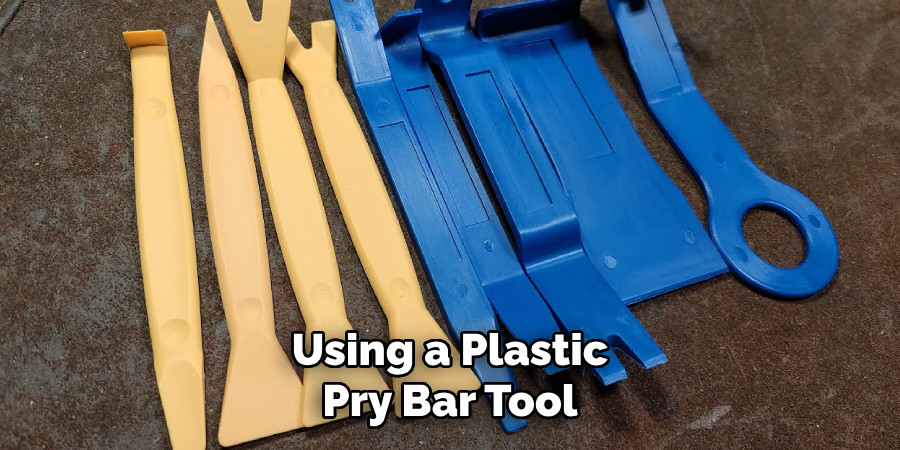
Step 4: Tighten Loose Bolts or Screws
If the wind noise comes from loose bolts or screws around your windshield, tighten them with a screwdriver. Make sure not to overtighten, as this can cause damage.
Step 5: Repair Any Chips or Cracks
Small chips and cracks in your windshield can also contribute to wind noise. Use a windshield repair kit to fill in any chips or cracks and prevent them from spreading.
Step 6: Replace the Entire Windshield
If your windshield is significantly damaged, it may be time to replace it. Contact a reputable auto glass repair shop for an estimate and have them professionally install a new windshield.
Step 7: Check for Proper Alignment
Sometimes, wind noise can also be caused by improper alignment of the windshield. If this is the case, it may need to be realigned by a professional.
Step 8: Use a Rubber Mallet to Fix Uneven Seals
If you notice uneven seals around your windshield, use a rubber mallet to tap them into place gently. This will help create a tighter seal and reduce wind noise.
Step 9: Apply Rubber Sealant
For added protection against wind noise, you can also apply rubber sealant to the edges of your windshield. This will help fill in any small gaps and create a stronger seal.
Step 10: Prevention is Key
To prevent wind noise from occurring in the first place, properly maintain your car’s windshield. Regularly check for any damage or wear and tear and address any issues immediately. Additionally, avoid driving at high speeds with your windows open, as this can cause pressure imbalances that lead to wind noise.
Wind noise from a car’s windshield can be a frustrating and annoying problem, but it doesn’t have to be a permanent issue. Following these steps and properly maintaining your windshield can reduce or even eliminate the noise.
Always address any damage or issues immediately to prevent them from worsening and causing further problems. Safe driving! So next time you hit the road, you can enjoy a quiet and peaceful drive without any distractions from wind noise.
8 Care Tips for Your Windshield
1. Avoid Parking in Direct Sunlight
Exposing your windshield to direct sunlight for extended periods can cause damage and lead to cracks. Try to park your car in a shaded or covered area whenever possible.
2. Keep Your Windshield Clean
Regularly cleaning your windshield improves visibility while driving and helps prevent dirt and debris from causing damage over time.
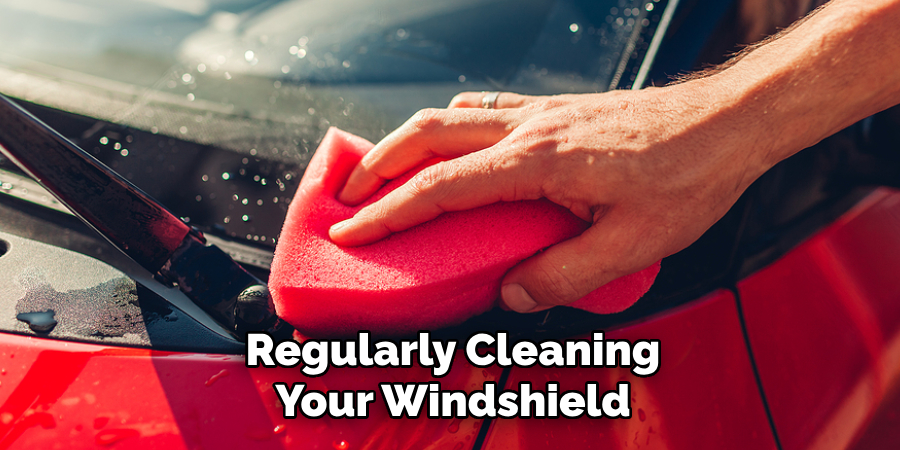
3. Check Your Wiper Blades
Worn or damaged wiper blades can scratch and damage your windshield, making it more susceptible to wind noise. Make sure to check and replace your wiper blades as needed regularly.
4. Avoid Using Harsh Chemicals
When cleaning your windshield, avoid using harsh chemicals that can cause damage. Stick to gentle cleaners specifically designed for automotive use.
5. Don’t Slam Doors
Slamming your car doors can cause vibrations that may eventually lead to cracks in your windshield. Close doors gently to avoid this potential damage.
6. Address Chips and Cracks Immediately
As mentioned earlier, even small chips and cracks can contribute to wind noise. Address them immediately to prevent them from spreading and causing further damage.
7. Use a Sunshade
In addition to avoiding direct sunlight, using a sunshade when your car is parked can protect your windshield from UV rays and potential heat damage.
8. Replace Worn Out Rubber Seals
Just like any other part of your car, rubber seals around your windshield can wear out over time. Replace them as needed to maintain a tight seal and prevent wind noise.
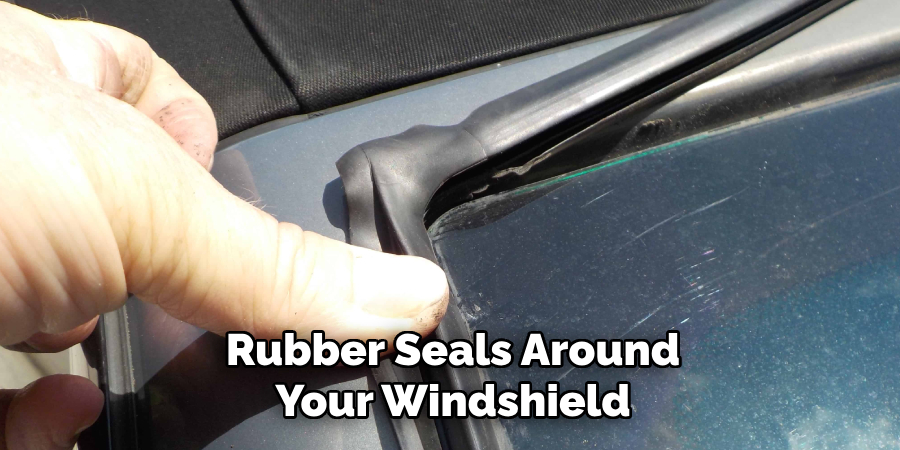
By following these care tips, you can prolong the life of your windshield and reduce the chances of experiencing wind noise. Remember, proper maintenance is key in preventing potential issues with your car’s windshield.
Wind noise from a car’s windshield may seem like a small issue, but it can be a major distraction and even affect the overall driving experience. By repairing any damage and properly maintaining your windshield, you can easily get rid of wind noise and enjoy a quieter ride.
Frequently Asked Question
Can I Fix the Wind Noise on My Windshield Myself?
Yes, you can fix wind noise on your windshield yourself by following the steps outlined in this guide. However, if the issue persists or the damage is significant, it’s best to seek professional help from an auto glass repair shop.
Will Applying More Adhesive Help Reduce Wind Noise?
Applying more adhesive to your windshield will not necessarily reduce wind noise. It’s important to identify the root cause of the noise and address it accordingly. Adding more adhesive may not solve the problem and could damage your windshield further.
How Often Should I Check for Damage on My Windshield?
It’s recommended to regularly check for damage on your windshield, especially after driving in severe weather conditions or on rough roads. Additionally, make it a habit to inspect your windshield during regular car maintenance checks.
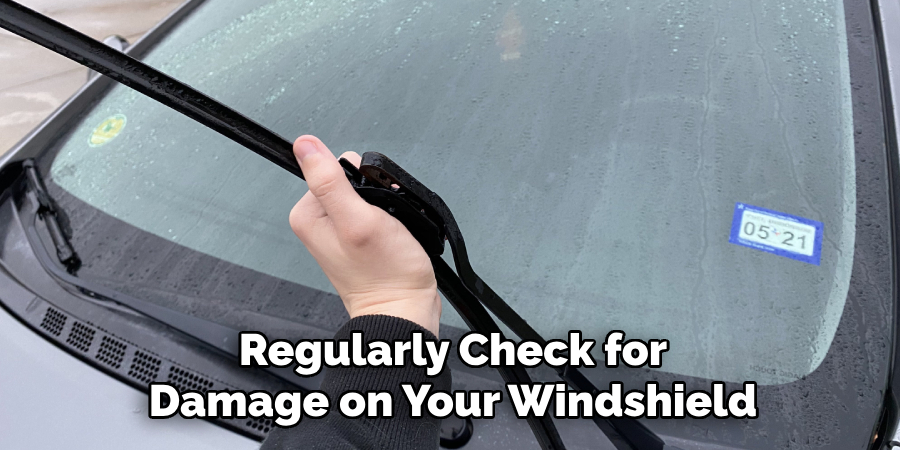
Can Wind Noise Indicate Larger Issues with My Windshield?
Yes, wind noise can indicate larger issues with your windshield, such as cracks or improper alignment. It’s important to address these issues as soon as possible to prevent them from worsening and potentially compromising your vehicle’s safety.
In some cases, wind noise can also indicate other underlying problems with your car’s structural integrity. If you notice an increase in wind noise or any other unusual sounds while driving, it’s best to have it checked by a professional mechanic. Remember always to prioritize safety when it comes to your vehicle. Proper care and maintenance can reduce the chances of experiencing wind noise and ensure a smooth and enjoyable driving experience.
Conclusion
Don’t let wind noise from your windshield ruin your driving experience. By following the steps on how to fix wind noise from windshield outlined in this guide and properly maintaining your car’s windshield, you can easily reduce or even eliminate wind noise.
You now understand the key steps to eliminating wind noise from your windshield. Use the strategies we discussed, such as applying a thin sealant strip around your windshield and replacing a damaged window or door seal. You can also take preventative measures such as regularly shaking out your car mats and changing your cabin air filter often.
All these things can help reduce or eliminate harsh wind noise from entering your car’s interior while seated in your comfy corner. There is nothing wrong with opting for an extra layer of protection, like applying rust-proofing treatment; if that’s something you are into, go ahead and do that for sustainable results.
Remember, sewer rods and duct tape are your friends when preventing annoying wind noise. With some effort, you can bid goodbye to all the distracting wind noise so that the journey ahead feels truly peaceful! Remember to regularly check for damage and address any issues immediately to prevent them from worsening.
